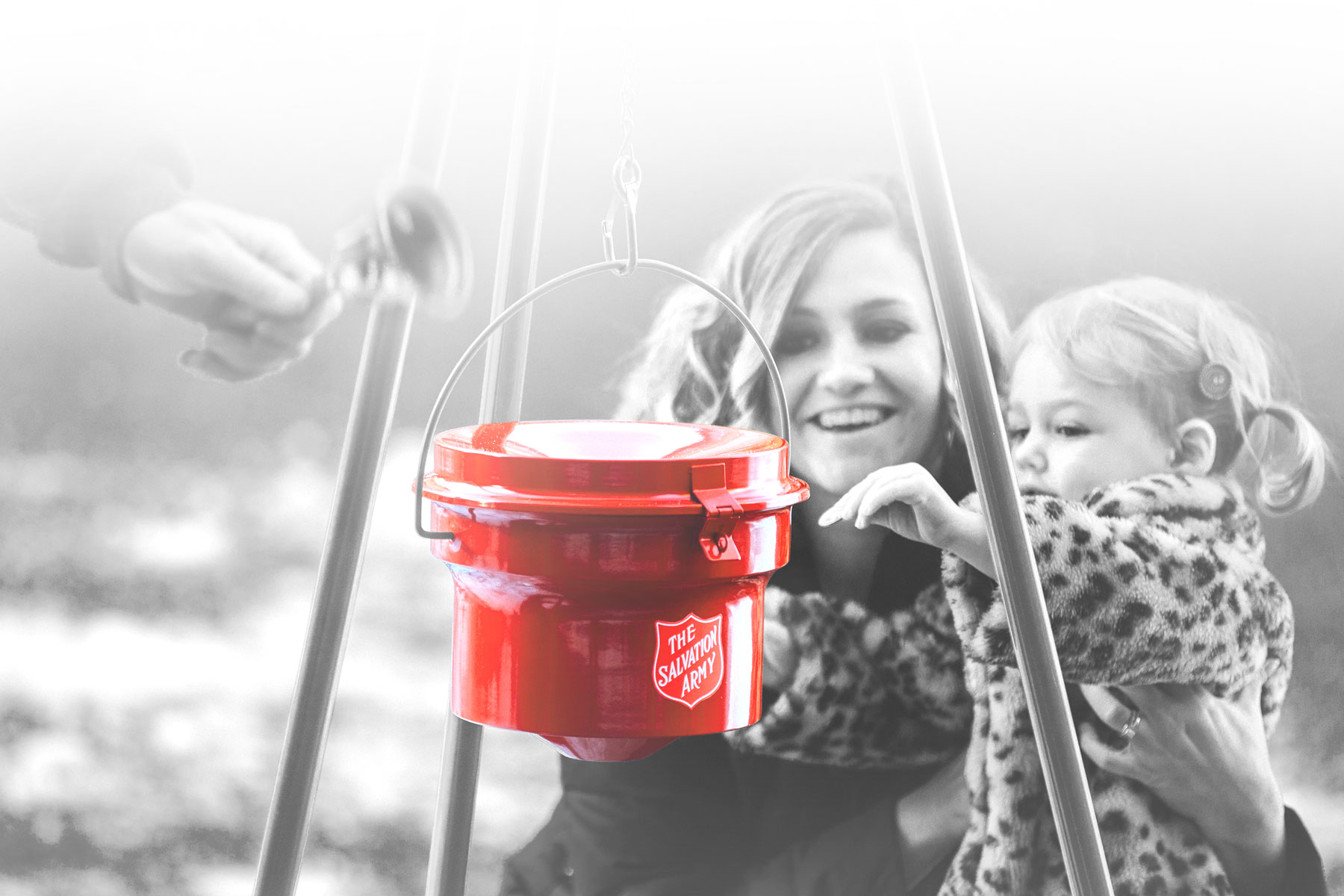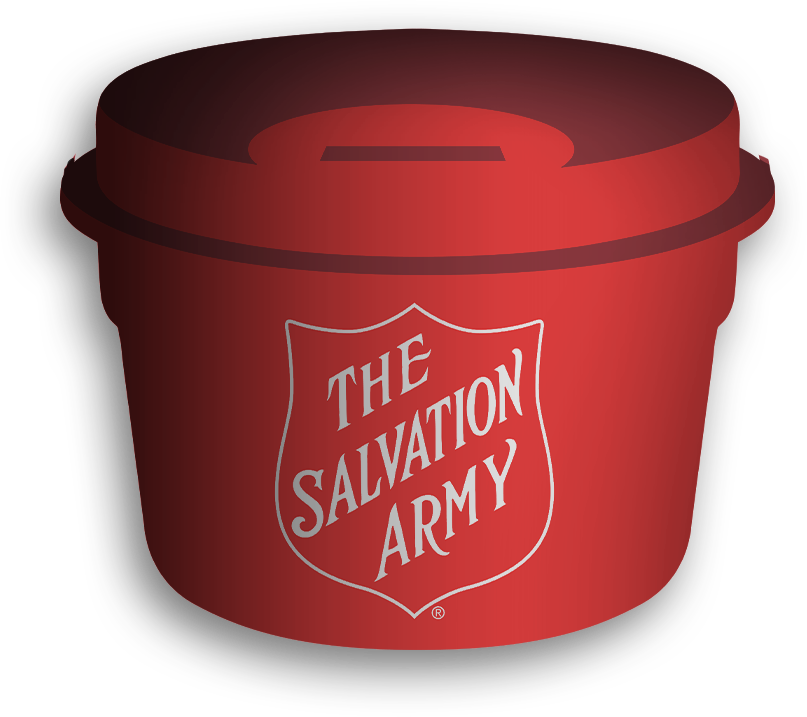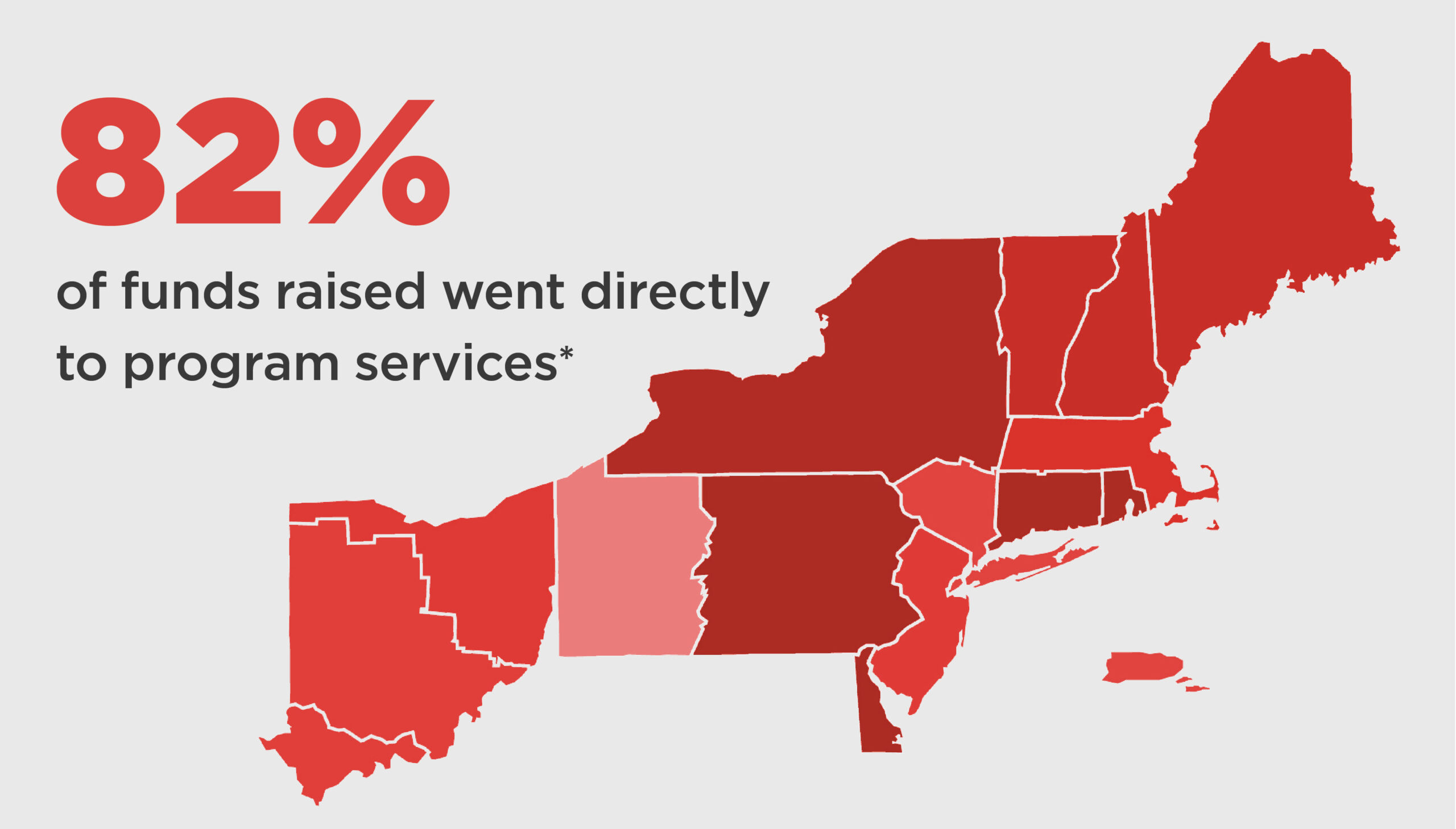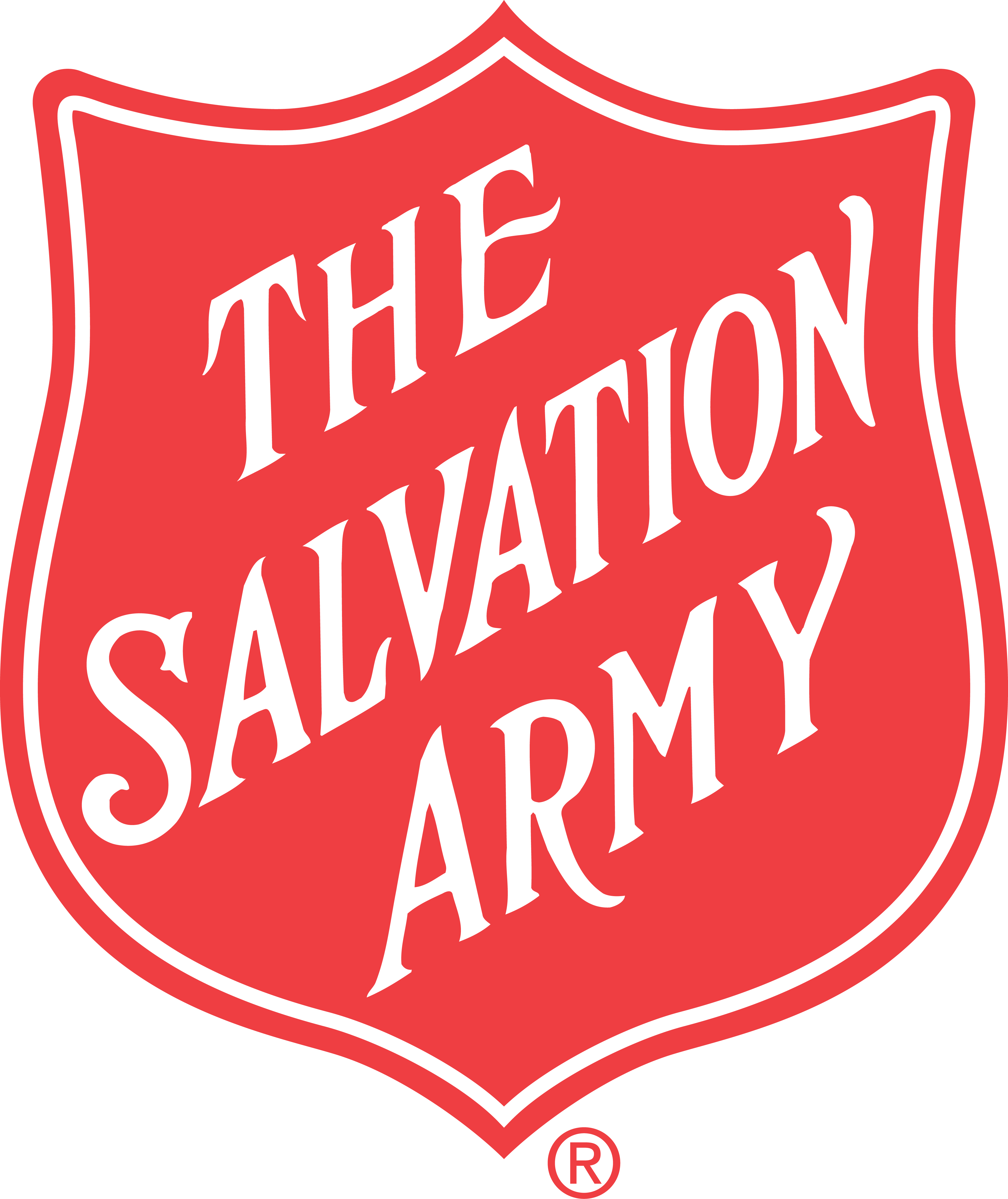Highlights of Giving
by Warren L. Maye

The Salvation Army’s year-round impact
As 2025 comes into focus, we thought we’d take a look at how The Salvation Army’s annual Red Kettle Campaign makes an impact all year long.
From Thanksgiving through Christmastime, the sight of dedicated kettle workers ringing their bells on cold winter days evokes a warm feeling in many hearts. It’s an invaluable opportunity to share God’s abundance and generosity with those who are most in need.
When I approach one of the familiar red kettles to slip my coins and bills through the slot, I feel a sense of fulfillment and connection to something larger than myself. This simple exchange gets repeated by countless individuals, countless times, year after year. The kettle has become a symbol of The Salvation Army’s mission over its 160-year history. Amid festive holiday celebrations filled with joy, these kindhearted moments of generosity can lead to lasting memories for millions of individuals who receive help during their darkest days.
And this past year, in a collaboration between The Salvation Army and the Empire State Building, the iconic New York City landmark was lit up in red on Dec. 2 to highlight our Red Kettle Campaign.
“Today is a day when icons meet,” said Commissioner Kenneth G. Hodder, the national commander of The Salvation Army USA. “We are here at the Empire State Building, an American icon for one of the world’s greatest cities. So, we are bringing together that icon with the icon of The Salvation Army, which offers hope and opportunity to people around the world.”
The challenge lies in maintaining awareness when our collective attention inevitably shifts after the calendar turns. It’s important to remember that once the holidays are over, the support provided by The Salvation Army continues because need persists far beyond the season. The Salvation Army structures its relief efforts strategically to provide help across specific areas throughout all 12 months of the year.
“This kettle stands not just as a collection point but also embodies hope and opportunity for countless individuals across various communities. It assists over 27 million people annually right here in America alone,” said Hodder.
None of these achievements would be possible without generous contributions from compassionate Americans who choose to support the Army’s mission.
“He wants us just to be and to do. He wants us to be like His son and then do as His son did; and when we come to that He will shake the world through us.”
— Catherine Booth, co-founder of The Salvation Army
A ministry past, present, and future
Since the first kettle was hung in San Francisco back in 1891 (see “Money that counts,” below), The Salvation Army has significantly expanded its reach and impact. That year, on the day after Christmas, the San Francisco Chronicle reported that the funds raised “purchased 800 pounds of potatoes, 450 pounds of beef, 400 pounds of fruit, 150 pounds of sugar, 100 pounds of mutton, 80 pounds of ham, 50 pounds of butter, 50 pounds of coffee, and 10 pounds of tea, besides 300 pounds of plum pudding, 150 pies and numerous cakes” to feed the needy.
Today, volunteer bell ringers set up kettles at approximately 25,000 locations nationwide. In 2010, an exceptional year, kettle contributions reached an astounding $142 million thanks to donors who believe in giving back to help others who are facing tough times. Anonymous donors have even contributed gold coins to help those less fortunate.
Recently, The Salvation Army has embraced online platforms and social media along with the traditional bell ringing, from Thanksgiving Day straight through until Christmas Eve. Partnerships with organizations such as Walmart and Kroger are vital, as are the efforts of countless others who support the cause—everyone from celebrity influencers to police departments to local volunteer groups and individuals.
In 2023 (the most recent data available) contributions exceeded $104 million. Donations raised locally stay firmly rooted within those communities, providing emergency shelter services, food assistance, and more all year long. Remarkably, more than 80% from every dollar donated goes directly toward supporting programs aimed at uplifting lives.
So how do funds raised during the Kettle Campaign benefit communities all year long? Every penny, every dollar, makes a difference.
 Money that Counts
Money that Counts
The Red Kettle Campaign helps support people in need year-round.
The Red Kettle Campaign began in the city of San Francisco in 1891, when Salvation Army Captain Joseph McFee saw a pressing need to feed the hungry. His idea to use a kettle for fundraising (inspired by a memory of a pot collecting coins for the poor in Liverpool, England) quickly gained traction. By 1895, 30 Salvation Army locations along the West Coast had adopted his approach.
Two dedicated young officers, William A. McIntyre and N.J. Lewis, recognized the kettles’ potential and introduced them to the East Coast. In 1897, McIntyre set up three kettles in Boston. And across the nation, kettles provided an astonishing 150,000 Christmas dinners for needy families that year.
In 1898, The New York World praised the kettles as one of “the newest and most innovative devices for collecting money from generous individuals willing to support charitable causes during Christmas time.”
Here are some ways the funds raised made a difference around the United States.*

FOOD AND SHELTER
166.7 million meals served
Meals, groceries, and temporary housing for homeless people, vulnerable families, and individuals.

HOLIDAY ASSISTANCE
2.5 million people helped
• Angel Tree: Provides gifts for children and seniors
• Adopt-a-Family: Matches donors with families in need
• Toy Drives: Collects toys for children
• Food Baskets: Offers Thanksgiving and Christmas meals to take home
• Holiday Meals: Serves meals at Salvation Army locations

YOUTH PROGRAMS
1.5 million in attendance
After-school programs, summer camps, and character-building activities for underprivileged children and other youth initiatives
• Tutoring, homework, and literacy skills
• Sports leagues, team sports, arts and music, creative expression
• Community service projects

COMMUNITY DEVELOPMENT
4.2 million community center participants
Food pantries, clothing drives, literacy programs, job training and vocational skills, educational assistance, microfinancing, volunteer opportunities, partnerships with local organizations

DISASTER RELIEF
4,300 disasters responded to
Disaster response and aid to affected communities
In The Salvation Army USA Eastern Territory:

4,300,306 total people served
1,100,000 assisted for the first time
3,489,782 received basic social services
6,882,573 meals provided
1,718,009 toys and gifts distributed
1,408,144 received lodging assistance
638,128 received Christmas and Thanksgiving assistance
440,390 received adult or youth spiritual development
140,052 participated in senior citizen activities
127,493 received disaster related assistance
36,420 attended camp
11,861 received day care services
25,489 received housing assistance
*Figures from 2023. Sources: 2024 National Annual Report, 2023 USA Eastern Territory Annual Investment Stewardship Report

